
The great wave of radar modernization is accelerating. Among the three major families of equipment in service, L’argus reveals the main developments concerning fixed speed cameras. To be continued, the future of movable and mobile radars.
Damn big gray boxes! If the 800 or so still in service had not flashed 7.8 million times in 2020, we would find them almost sympathetic, as their technical performance pales in comparison with the modern equipment recently deployed, and even more so with regard to those in preparation for. Because, the great wave of modernization of automatic radars will accelerate over the next few months. Among the eleven types of gear currently in service that can be divided into three large families, here are their evolutions, those that will gradually disappear and their successors. Let’s start this overview with the different fixed equipment.
TO READ. Speed cameras. What type of device flashed the most in 2020?
Fixed speed control equipment
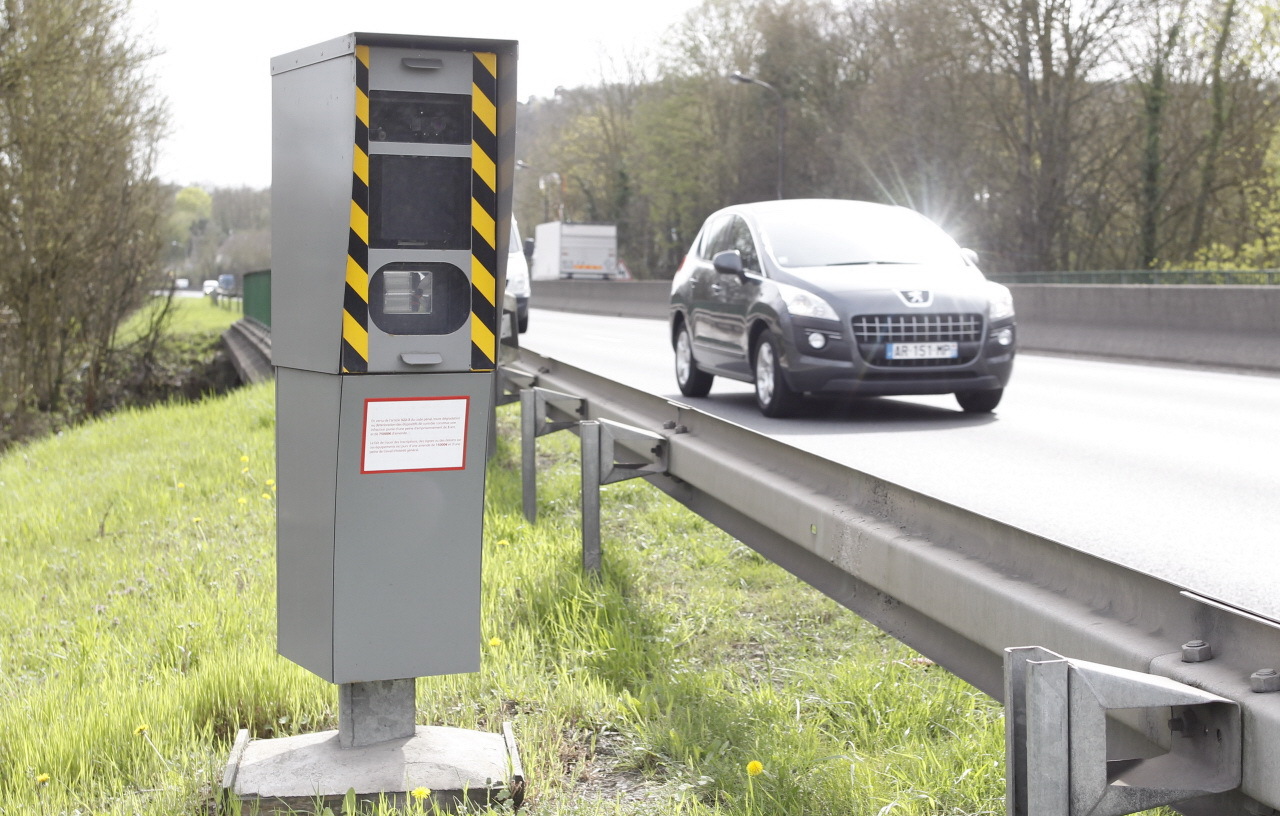
Radar ETF: Fixed Field Equipment
- ETF: Fixed Field Equipment (or classic radar)
Of the three generations of gray boxes still in use, only the latest version called Idemia Mesta 210C will last for a few more years. - ETFDS: Two-Way Fixed Field Equipment
Deployed since 2015, it allows control in both directions of traffic, from the front in one direction, from the back in the other (or vice versa). A transitional situation while waiting for the 800 still in service to be replaced in the years to come by turret radars. - ETD: Discriminating Field Equipment
Recognizable by its black cylindrical shape, this material capable of distinguishing car/truck to take account of their respective speed limits is gradually being replaced by the
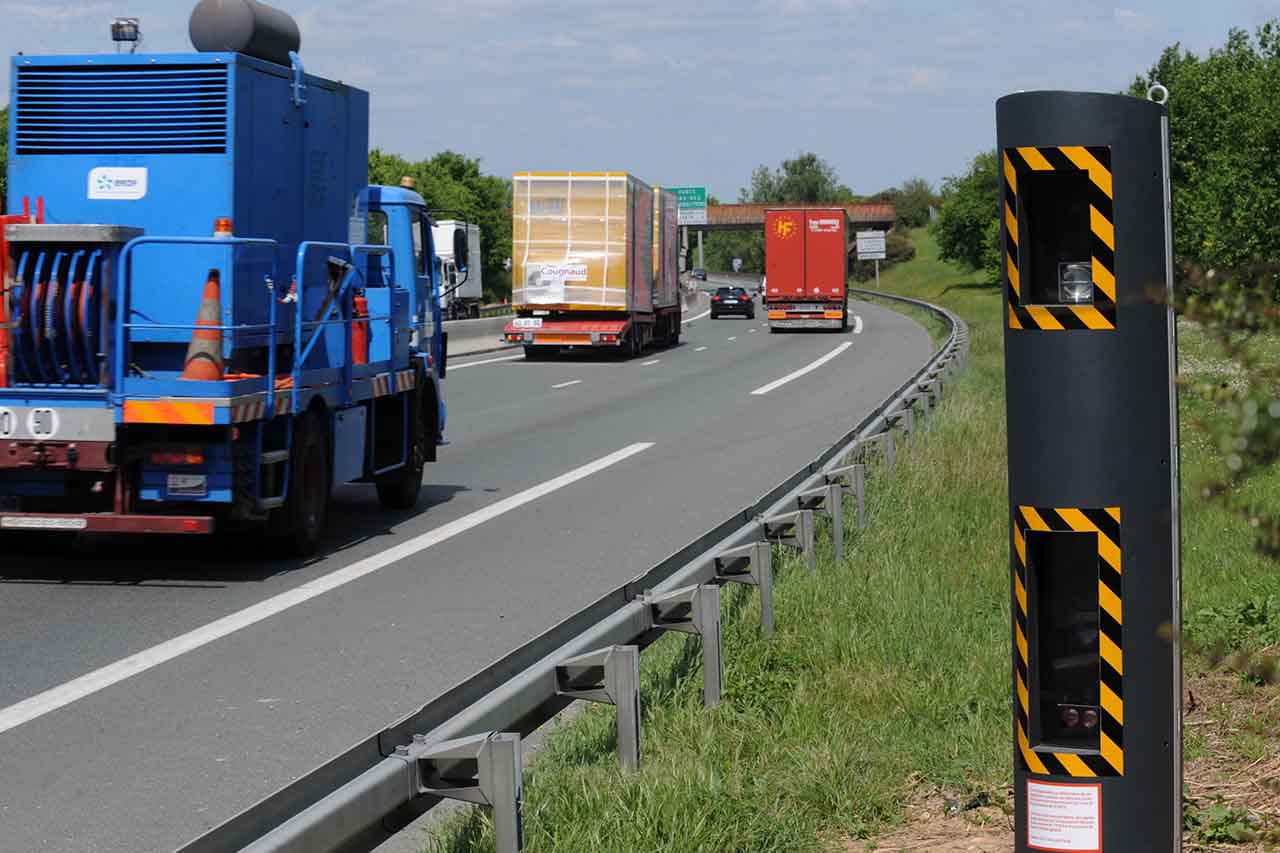
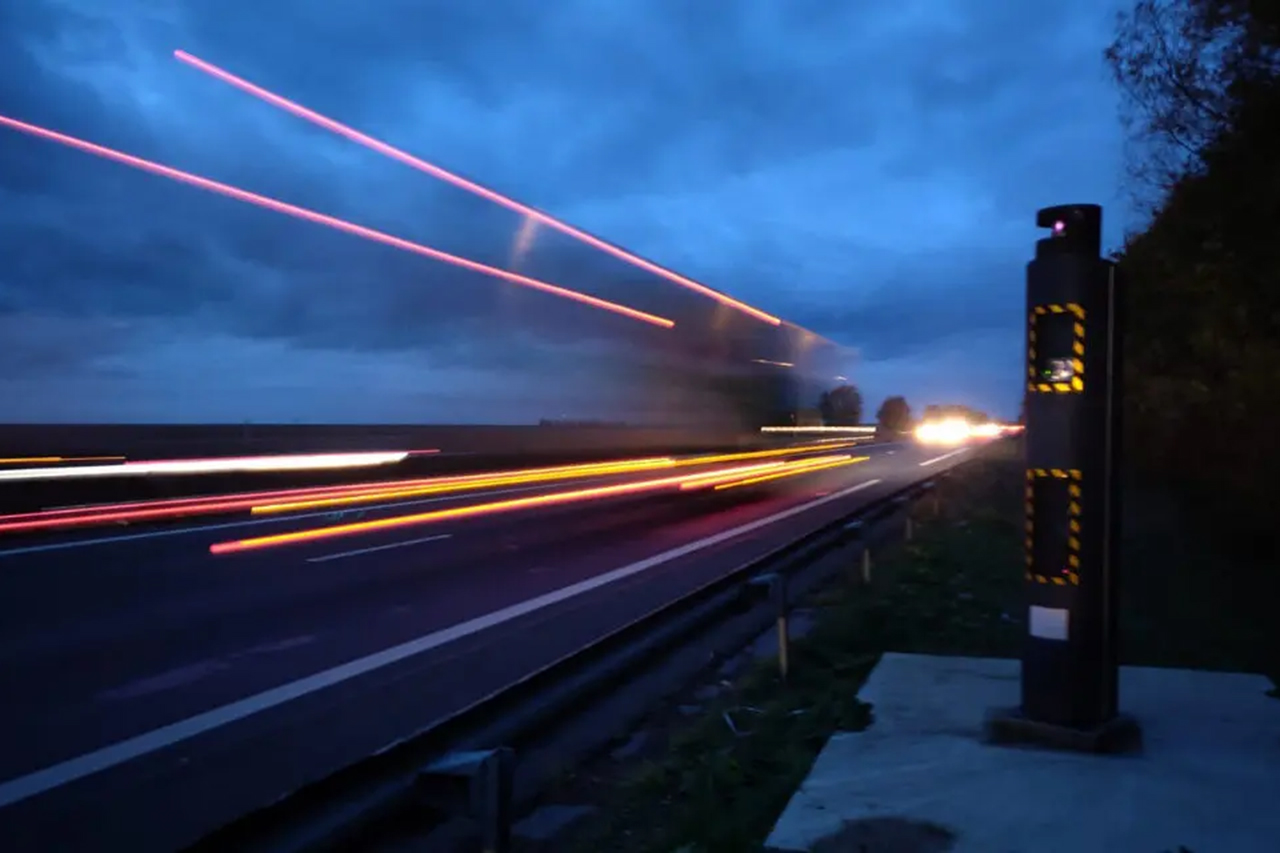
- ETD2F: Discriminating Double Sided Field Equipment
700 should be in service before the end of 2022. Topped with a 3D lidar sensor (scanning laser) in addition to the radar, the Parifex Double Face Lookout (its trade name) benefits from all the latest technical prowess – control of all traffic lanes, trajectory tracking up to 100m upstream and downstream… – and is distinguished by its ability to flash both the front and rear of the offending vehicle in order to immortalize both the face of the motorist than his rear plate (motorcyclists are the main targets). - ETVM: Medium Speed Field Equipmentalso called stub radar.
This device is at the end of its course, half of the park (100 installed so far) to be dismantled this year. It will be replaced, around 2024, by the new ETMT. - ETMT: Multi Section Field Equipment
Its specifications are not yet known, but its name clearly indicates the desire of Road Safety to control the average speed of vehicles even when they change roads and if the speed limits change. This implies continuous control of vehicle flows and no longer just entering and leaving the zone. It is also a question of the ETMT being movable, on an autonomous battery, in order to take place on any existing mast.
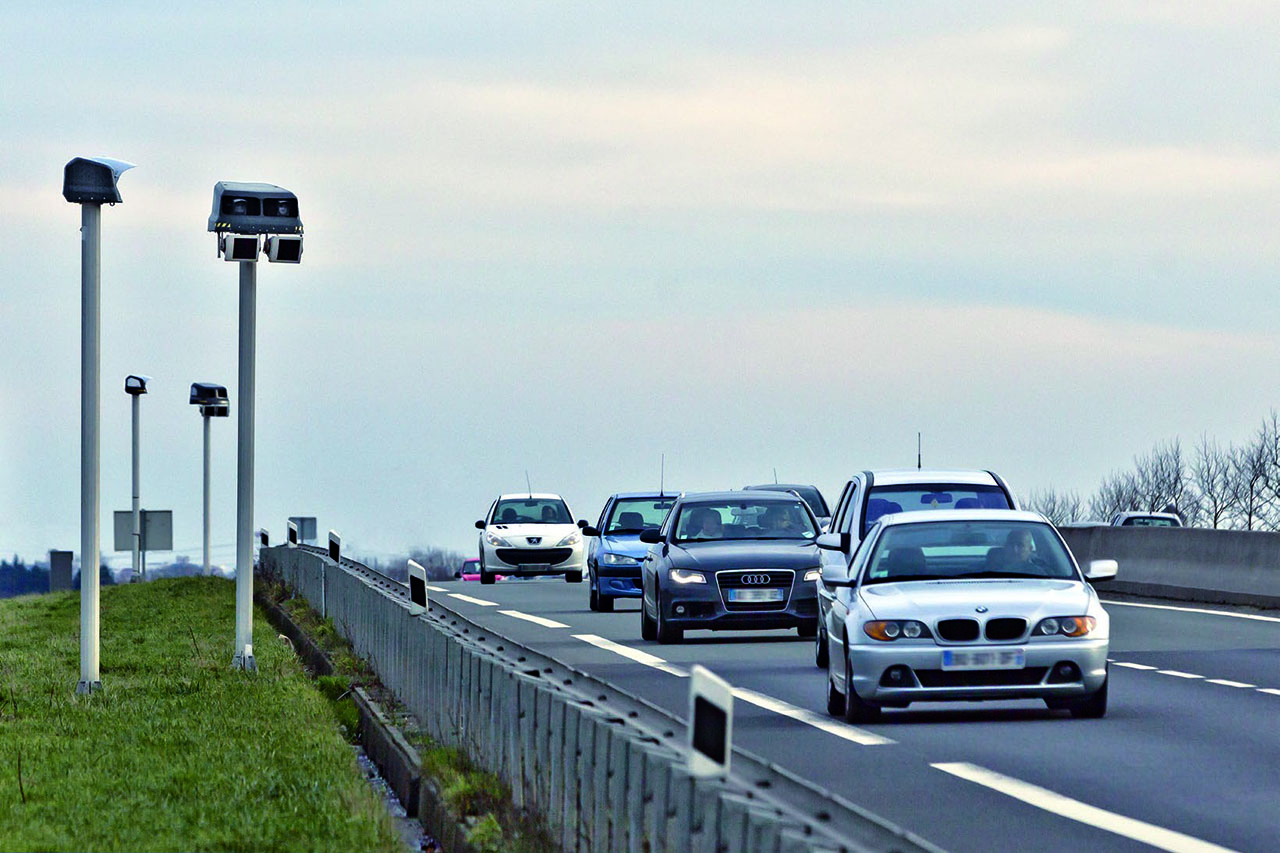
Radar ETVM: Medium Speed Field Equipment
Fixed equipment for monitoring compliance with traffic lights
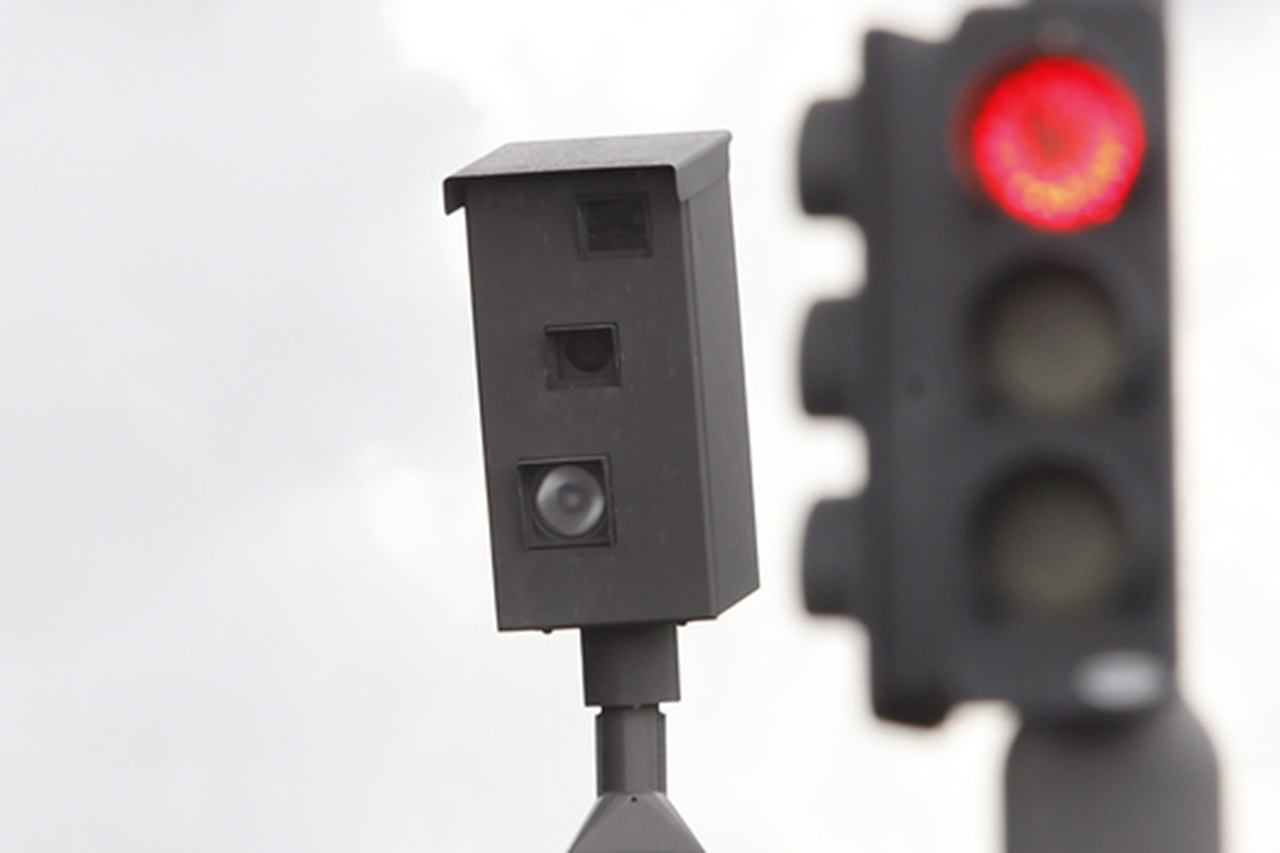
Radar ETFR: Red Light Field Equipment
- ETFR: Red Light Field Equipment
This type of equipment has been deployed in three different versions depending on the regions of France by three competing suppliers (Gatso, Idemia and Aximum/Jenoptik). He should have already given up his place, outside the urban area, to the ETT. - ETT: Turret Field Equipment
This handover has begun but with a lot of delay, because the turrets had to urgently replace all the classic ETF speed cabins massacred during the Yellow Vests crisis. However, since most of the 500 light radars are in town, the ETFRs will mainly be replaced by ETUs.
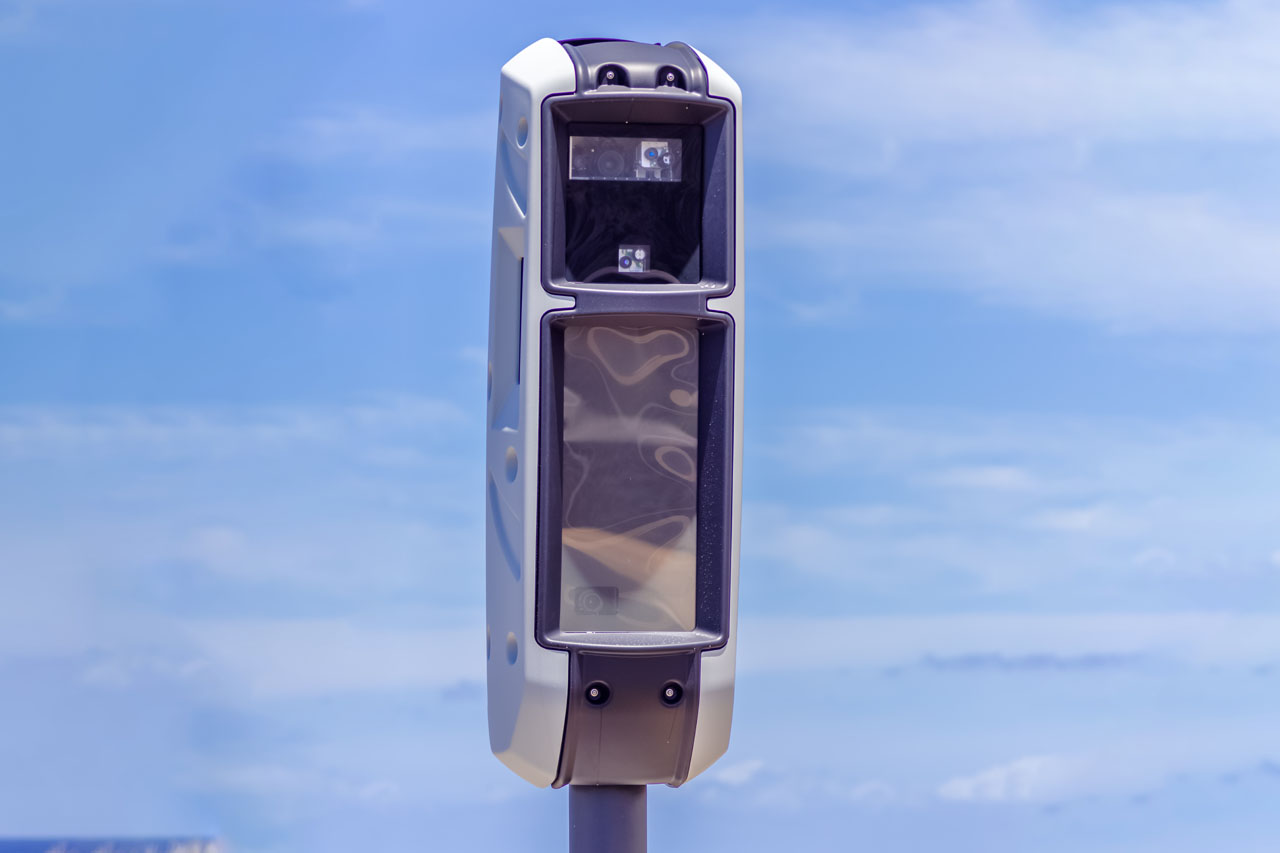
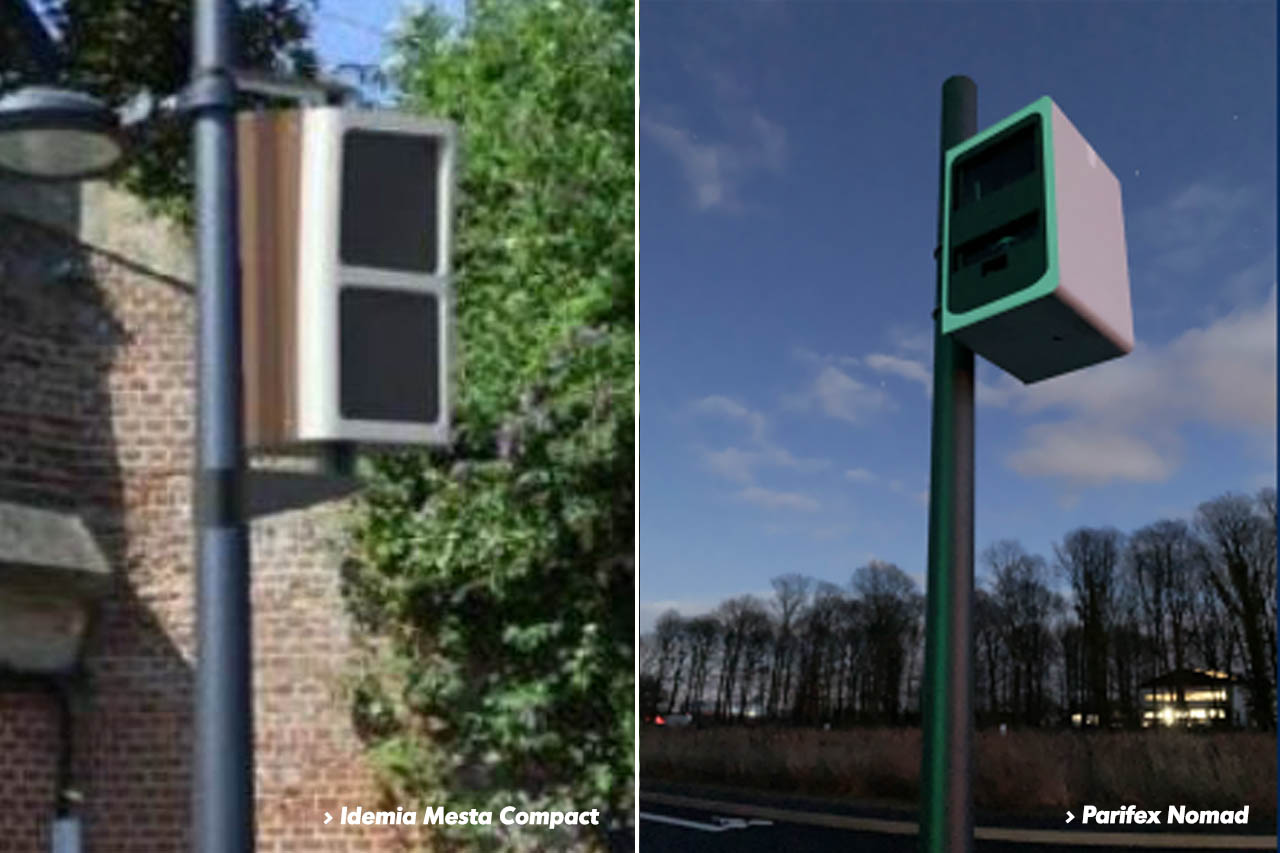
- ETU: Urban Field Equipment
They are due to enter service in the second half of this year. - ETPN: Level Crossing Field Equipment
Like the ETFRs, the sixty or so automatic devices for monitoring compliance with flashing red lights (Aximum/Jenoptik) should already have all been dismantled in favor of the ETTs (the movement has begun) and soon the ETUs. Patience.
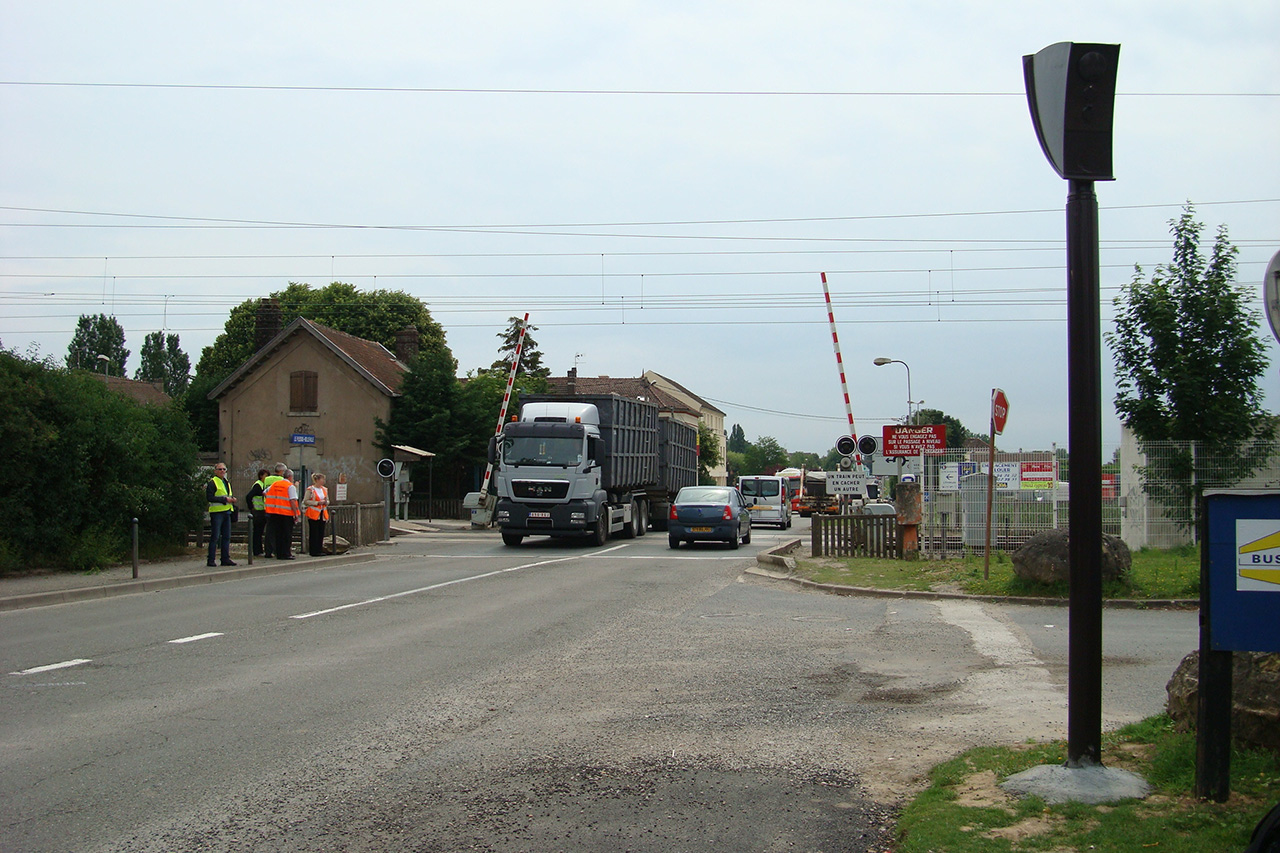
TO READ. The 10 speed cameras that flashed the most in 2020














